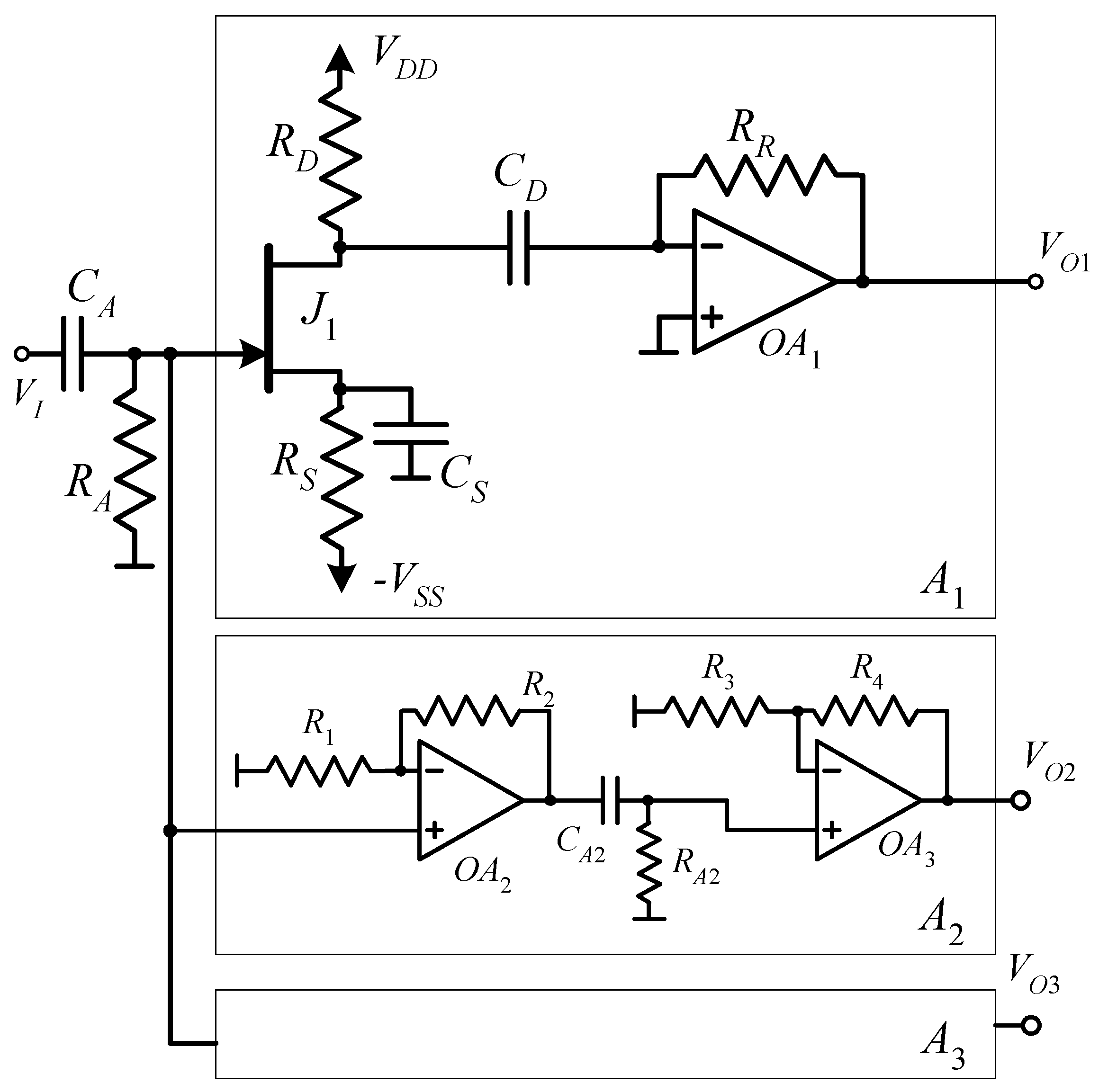

Each dot on these graphs represents a particular device. Measurement results are shown in Figure 1 for single devices and in Figure 2 for dual devices. (Excel spreadsheets with additional data are available in the Supplementary Materials section of the audioXpress website.) Next, I performed the measurements with the MCubed Electronix semiconductor analyzer. I measured about 50 samples of each single device and about 10 samples of each dual device. I measured the distribution of the JFET drain saturation current IDSS as a function of pinch-off voltage Vp for different samples of the LSK170A, the LSK170B, the LSJ74A, the LSK489, and the LSJ689. Important parameters are maximum power dissipation, gate-to-source breakdown voltage, gate-to-source leakage current, common source input capacitance, and common source reverse transfer capacitance.įigure 3: The drain saturation current IDSS is shown as a function of transconductance at VGS=0 for selected LIS and Toshiba JFETs.ĭC Measurements for the LSK170, the LSJ74, the LSK489, and the LSJ689 Special attention is necessary when trying to accommodate newer devices in older circuits. Parts, manufactured by the company, can be purchased globally. Thanks to the availability of complementary JFETs from Linear Systems, it is easy to design DC-coupled audio circuits. The following parts suit best for audio applications: the 1nV/Hz low noise, high transconductance N-channel LSK170 and the complementary P-channel LSJ74 the dual monolithic 1 nV/Hz low noise, high transconductance N-channel LSK389 the low noise, low capacitance N-channel LSK189 the dual monolithic low noise, low capacitance N-channel LSK489 the low noise, low capacitance P-channel LSJ289 and the dual complementary P-channel LSJ689.Īt the time of writing, we were expecting a dual 1nV/Hz low noise, high transconductance P-channel part from Linear Systems (now available). Now, some compatible devices are sourced by Linear Systems and it is time to resurrect those fine designs and build even better circuits. Another problem is a considerable amount of counterfeit devices on the market. These original devices are difficult to source. Once production of these through-hole JFETs stopped, they became expensive.

Toshiba Semiconductors manufactured many junction field-effect transistors (JFETs) for audio applications: the 2SJ74/2SK170, the 2SJ103/2SK246, and the 2SJ104/2SK364 to name a few.


 0 kommentar(er)
0 kommentar(er)
